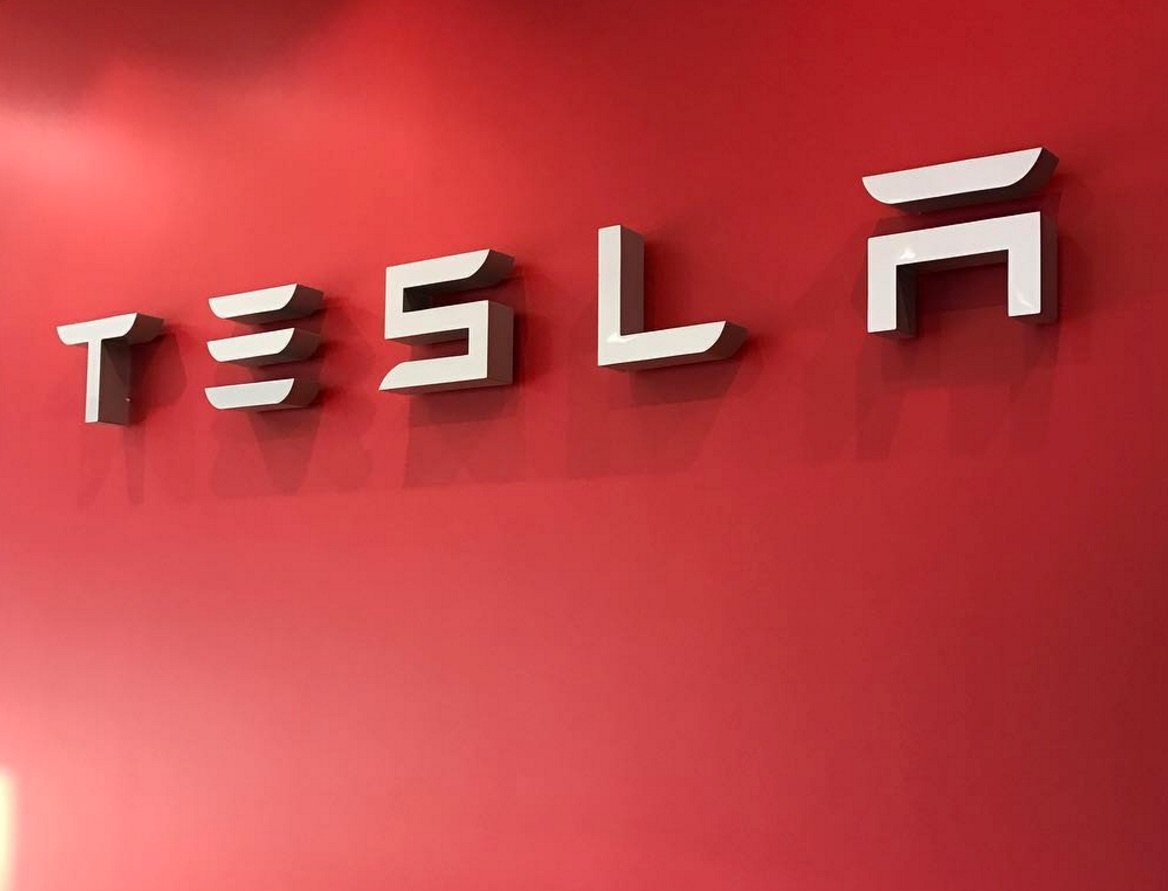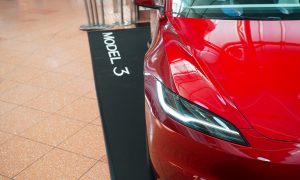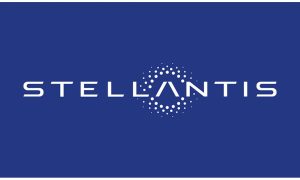Tesla released its fourth quarter 2016 earnings after the closing bell on Wednesday, summarized in the Q4’16 Update Letter, surprising Wall Street after posting fourth quarter earnings loss of 69 cents a share, at the low end of the estimated analyst losses. Revenue was $2.28 billion versus an estimate of $2.13 billion.
The complete text of the Tesla Fourth Quarter 2016 Update letter can be seen at the end of this article. We’ve embedded a copy of the original document from Tesla.
Revenue
In the letter, Tesla announced that “2016 revenue of $7 billion, up 73% from 2015.”
This is the first time Tesla reported earnings since the company’s acquisition of SolarCity Corp. in mid-November. Tesla had done little to guide the market for how to expect results, leading some analysts to exclude the solar panel business from their estimates until greater clarity is provided. As a result, the estimates between analysts varied widely. Some were expecting the company to report a loss of as low as $0.43 per share on revenues of $2.18 billion for the December quarter. Other analysts were expecting a loss of as much as $1.19 a share. According to a consensus poll with analysts conducted by FactSet, Tesla was expected to report an adjusted fourth-quarter loss of 53 cents per share. Expectations varied greatly.
Model 3
In the letter, Tesla announced that “Model 3 on track for initial production in July, volume production by September” and reiterated that “the Model 3 and solar roof launches are on track for the second half of the year.”
The company also reported record high orders in Q4 for its Model S and X vehicles.
Elon has set a July 1 deadline for his suppliers and internal teams to be ready for production. Investors will be listening for additional information about the status of the Model 3 during the conference call scheduled for 2:30 pm PT today.
An update on the Model 3 is highly anticipated. With Elon Musk’s goal of manufacturing and selling 100,000 to 200,000 Model 3’s in the second half of 2017, and half a million cars per year by 2018, this is a major driver for the stock. Since the company ended 2016 producing 83,922 cars, or roughly 230 cars per day, ramping up production sixfold will require new investments in equipment, people and facilities.
Guidance for 2017
In the letter, Tesla states that “We expect to deliver 47,000 to 50,000 Model S and Model X vehicles combined in the first half of 2017, representing vehicle delivery growth of 61% to 71% compared with the same period last year. In addition, both GAAP and non-GAAP automotive gross margin should recover in Q1 to Q3 2016 levels and then continue to expand in Q2 2017.”
Elon Musk has a history of setting ambitious targets and missing deadlines. Jeffrey Osborn, an analyst for Cowen and Co., wondered if the influence of Chief Financial Officer Jason Wheeler, after about 18 months into his job since coming from Alphabet Inc., would have been seen in setting more conservative 2017’s targets.
SolarCity
In the letter, Tesla announced that “SolarCity and Grohmann integrations underway.”
Elon Musk also faces the challenge of integrating SolarCity into Tesla. He dropped the word “Motors” from the company’s name earlier this month as he looks to make a fully integrated company that makes solar powers to generate energy, large batteries for storing that power at home and offices and electric cars that can run on it. Since the deal closed on Nov. 21, Tesla shares have risen almost 50%.
The quarter’s results include just over a month of the SolarCity merger. It may be difficult to determine how much it impacted Tesla’s numbers unless management provides specific information on SolarCity. March quarter’s guidance will be even more important than usual since it will include a full quarter of SolarCity’s business. Watch for some of these issues to be discussed in the Conference Call Q&A.
Cash
In the letter, Tesla announced that “Q3 to Q4 cash increased by over $300 million to $3.4 billion. In Q4, we increased cash by $309 million.”
One of the big issues against the SolarCity deal was the effect it would have on Tesla’s cash pile just as it prepares to introduce the Model 3. Mr. Musk has said he has enough money, though signaled he might raise additional cash through the capital or debt markets. Tesla’s guidance in October suggested it planned to spend about $1 billion on capital expenditures in the fourth quarter. Tesla finished September with $3.1 billion in cash.
TSLA Stock
Tesla shares have been on a tear, up 53%to $277.39 since December 2 when they closed at $181.47. From a technical perspective the shares had created a double bottom when combined with the low from November 14 of $181.45. The 53% increase has led to the stock being overbought but the shares have been overbought since the beginning of the year when they were trading at $214. The shares are also 18% above their 50 day moving average and 29% above the 200 day moving average. All of these are bullish indicators, closely followed by technical investors and traders.
The previous time the shares were this far above its moving averages was back in 2014. While it may only be short-term the stock is more likely to move down vs. up after today’s earnings announcement.
Today’s session ended up closing 1.4% lower, with some traders not wanting to risk the huge gains over a Quarterly report. Looking at the extended trading action after the close, the initial reaction to the numbers for Q4 2016 is hugely positive, with the stock raising to $280 just 1 minute after the close and continuing into the session. Expect a positive opening on Thursday.
[pdf-embedder url=”http://www.teslarati.com/wp-content/uploads/2017/02/TSLA_Update_Letter_2016-4Q.pdf”]











